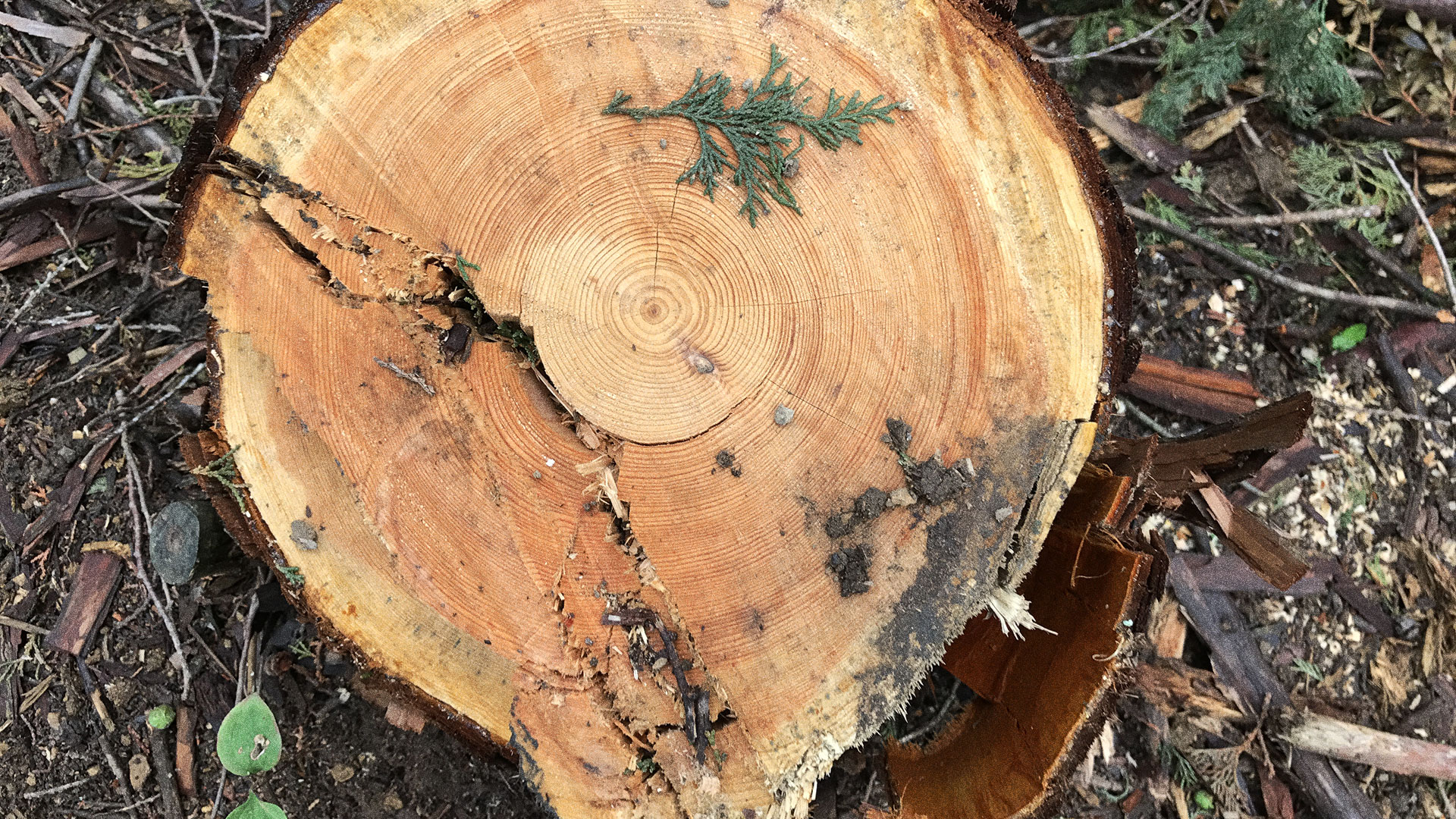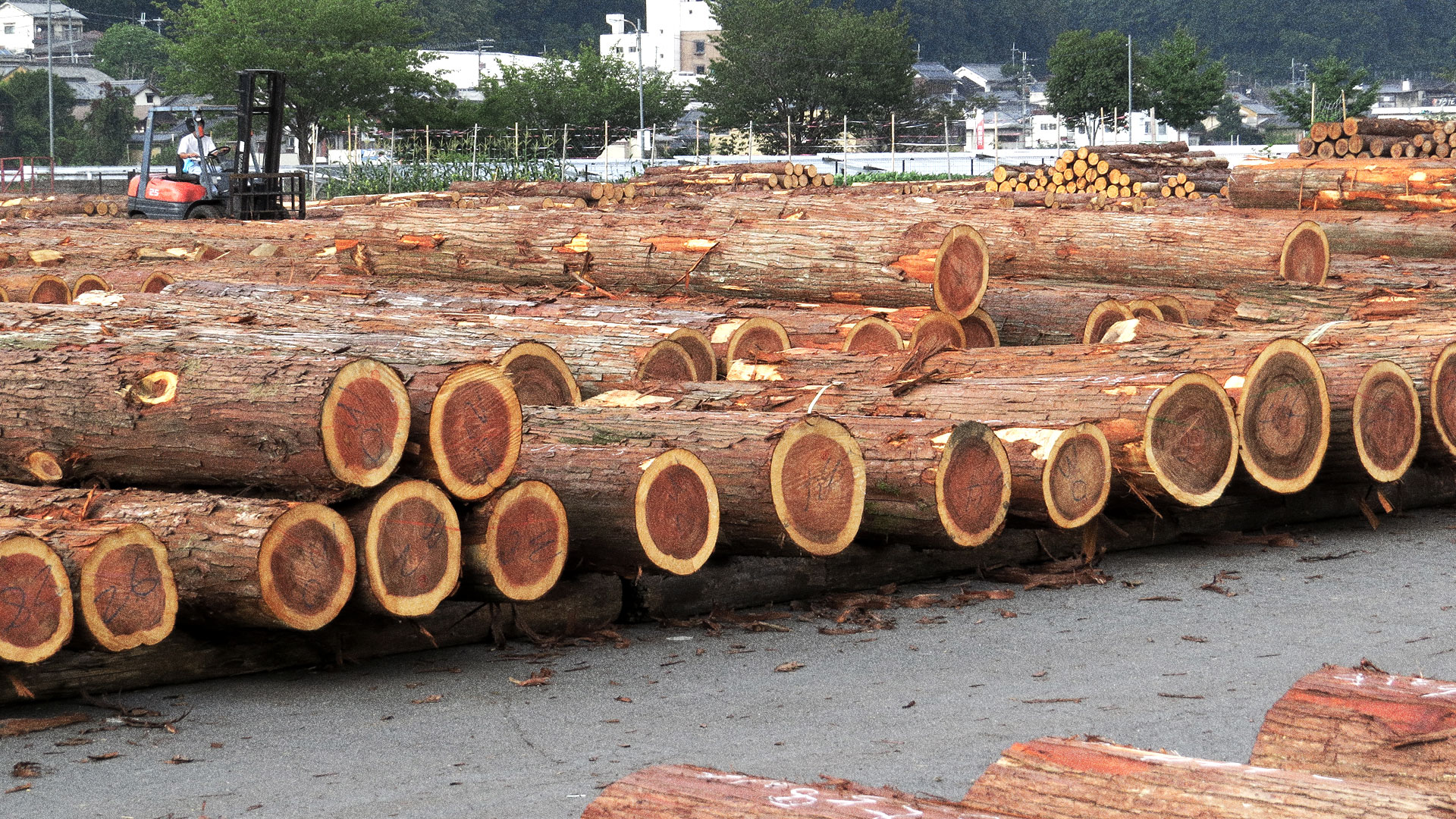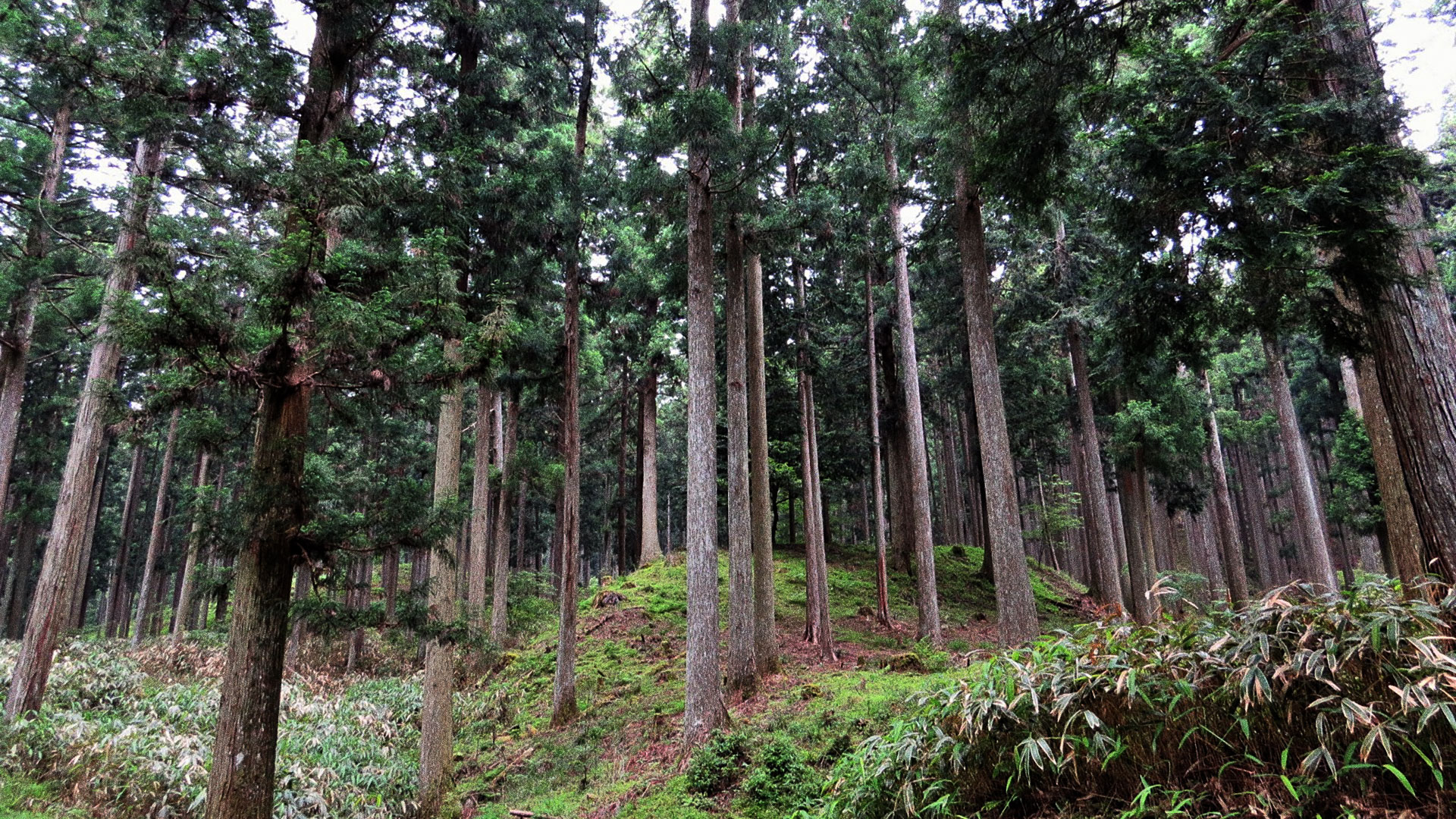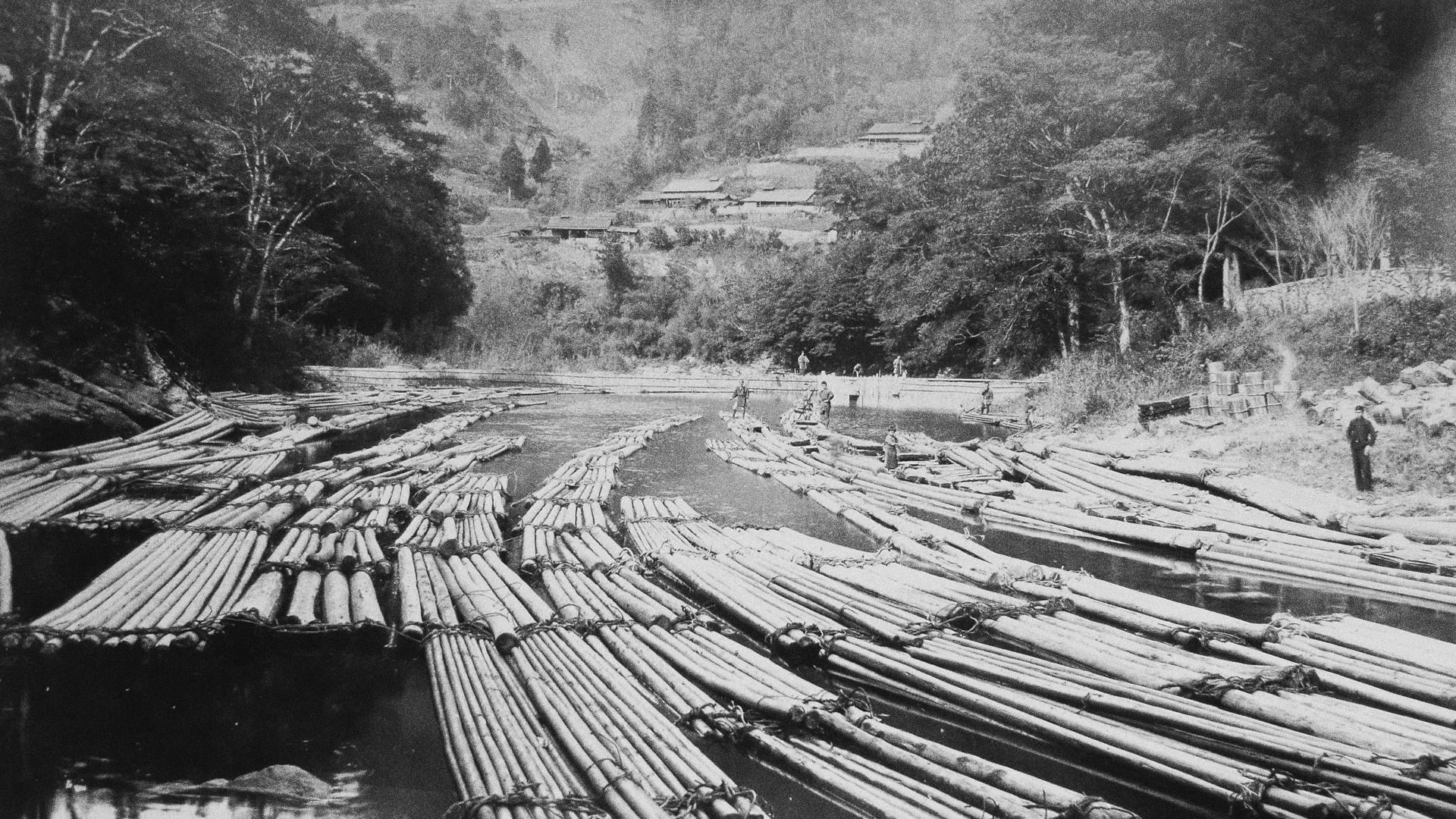吉野には木を植え育て伐っては使いまた植える。五百年も脈々と続く山との付き合いがあります。深山には豊かな原生林を残し、水を守り、大地を守り、植林に適した地は百年単位の森づくりを行ってきました。植えた木々が立派に育って使われるのは孫の世代。悠々の時に想いを馳せながら、伐った木を無駄なく樽や柱、床、木工品から割り箸に至るまで、余すところなく使いつくす技も育まれてきました。先代の残してくれた山からの贈り物を今を生きる私たちが引き継ぎ、未来へとつなぎます。
In Yoshino plant trees, grow them, cut down and use them again. There is a relationship with mountains that continue to hundreds of years. In Mt. Omi, a rich forest is preserved, protecting the water, protecting the earth, suitable for afforestation has been creating forests in hundreds of years. It is the grandchildren’s generation that the planted trees grow up and used well. While feeling at ease, techniques have been nurtured to use all the way from the barrels, pillars, floors, woodworks to disposable chopsticks without waste. We will take over the gift from the mountain that left the previous generation and we will take over to the future.
日本最古の人工造林が始まった吉野林業
吉野林業地域は奈良県の中央部を東西に流れる吉野川の上流地域にある川上村、東吉野村、黒滝村の三村で構成されている地域を指し、年間雨量2000mm以上、平均気温14℃という材木の生育に最適の条件を備えた地域であります。また、日本で最も早く人工造林が始まった林業地で約500年(西暦1503年より)の歴史を誇ります。1700年頃より酒樽を作る材料を取るため極端な杉・桧の密植、枝打の敢行。間伐を何度も繰り返す長伐期施業を始めました。これは酒樽を作る材料が年輪幅が狭く、均一で無節であることが尊重されたことによるものです。








